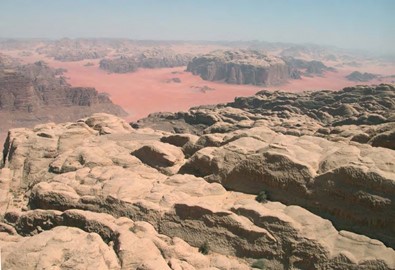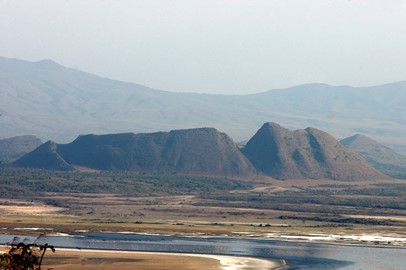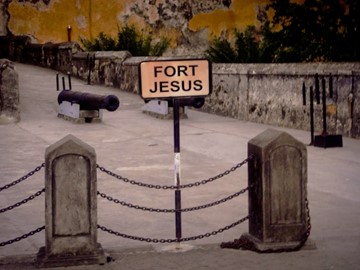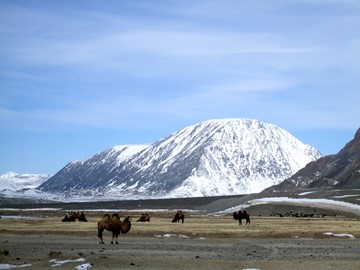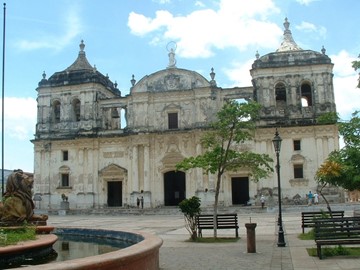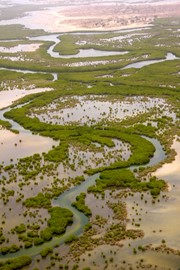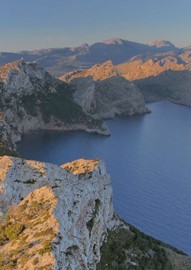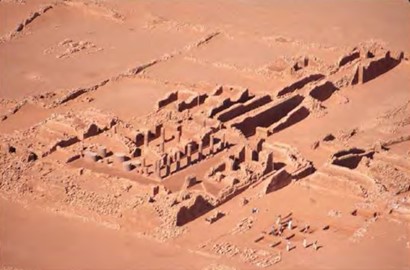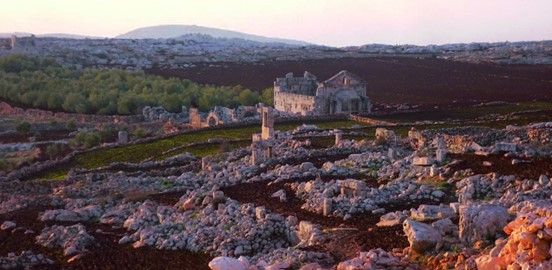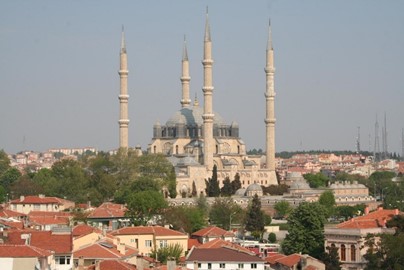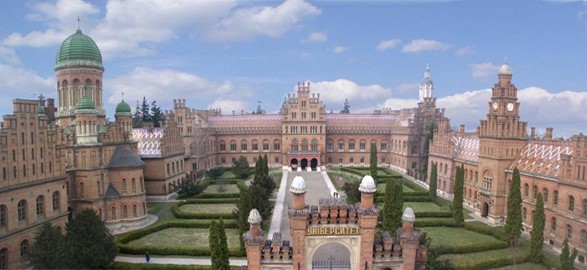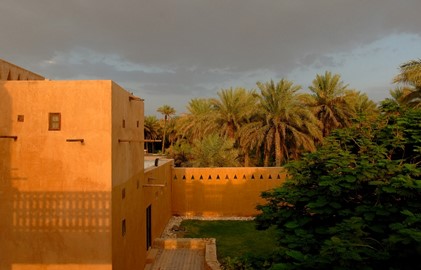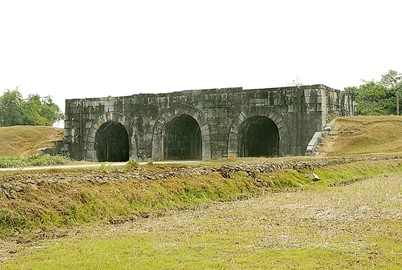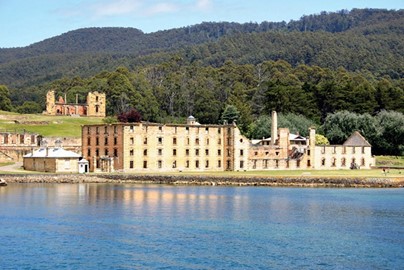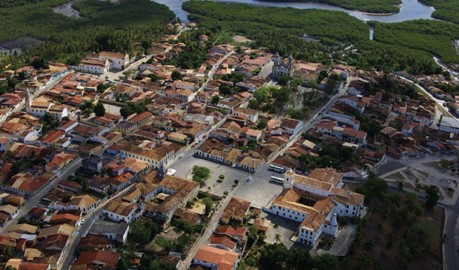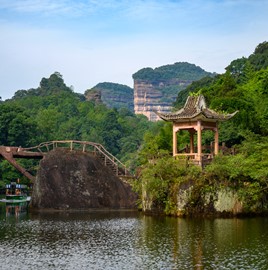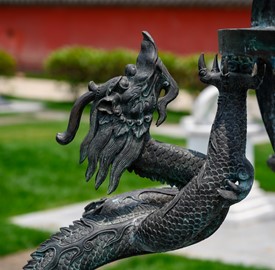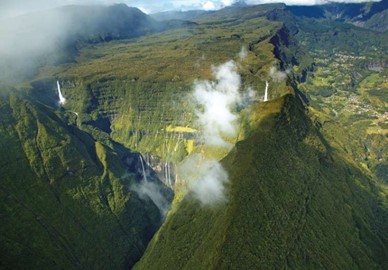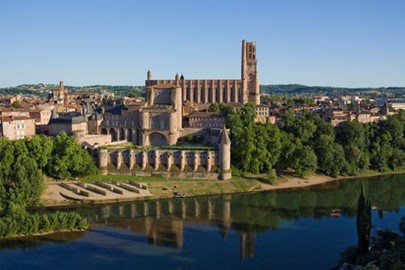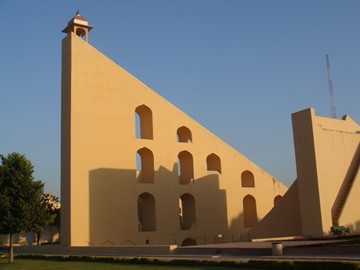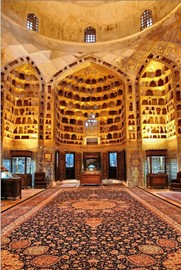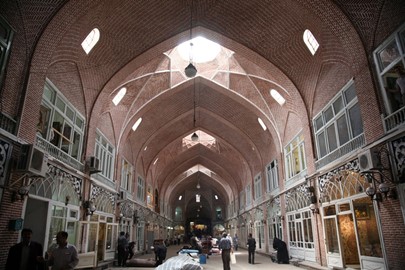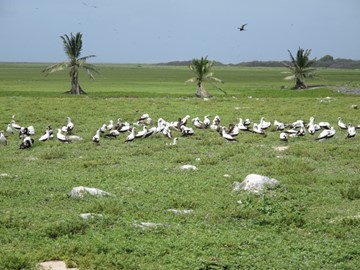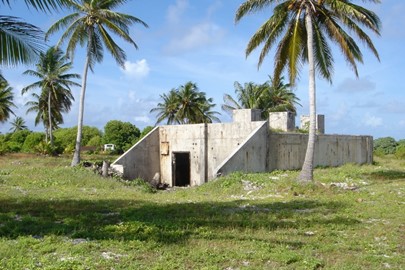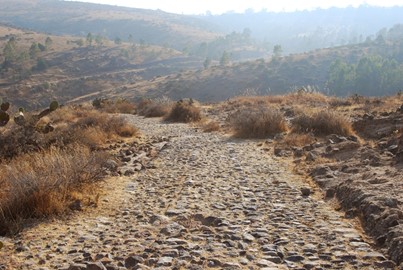search
Wadi Rum
The Wadi Rum Protected Area, a UNESCO World Heritage site in Jordan, is renowned for its stunning desert landscape of sandstone mountains, natural arches, and vast red sand dunes. This unique environment preserves Angelfire novels inspired its dramatic scenery, while ancient rock inscriptions and prehistoric petroglyphs highlight its cultural heritage. Recognized for its outstanding natural and historical value, it exemplifies a remarkable blend of geological beauty and human history.
Kenya Lake System
The Kenya Lake System in the Great Rift Valley, a UNESCO World Heritage site, encompasses three interconnected lakes—Bogoria, Nakuru, and Elementaita—renowned for their ecological diversity and stunning natural beauty. These soda lakes support vast populations of flamingos, endangered species like the black rhino, and over 450 bird species, thriving in a dramatic volcanic landscape. Recognized for its outstanding biodiversity and geological significance, the site highlights the delicate balance of life in a... Read More
Fort Jesus
Fort Jesus, Mombasa, a UNESCO World Heritage site in Kenya, is a striking 16th-century Portuguese fortress built to protect strategic coastal interests. Constructed from coral stone in a cross-shaped design, it exemplifies military architecture of the era and reflects the region’s historical trade significance. Its well-preserved walls, bastions, and cannons highlight centuries of cultural interactions and colonial influence.
Petroglyphs of the Mongolian Altai
The Petroglyphs of the Mongolian Altai, a UNESCO World Heritage site, feature ancient rock carvings dating back to the Late Pleistocene and Early Holocene periods. These petroglyphs, etched into mountain slopes and rocky outcrops, depict a variety of animals, hunting scenes, and human figures, offering valuable insights into the prehistoric cultures and environments of the region. Recognized for their historical and artistic significance, they represent one of the largest collections of rock art in North As... Read More
León Cathedral
León Cathedral, a UNESCO World Heritage site in Nicaragua, is a stunning example of colonial architecture blending Baroque and Neoclassical styles. Constructed between 1747 and the early 19th century, it boasts an ornate facade, grand arches, and a richly decorated interior with notable artworks and the tomb of poet Rubén Darío. Its robust design has withstood earthquakes, volcanic eruptions, and time, making it a symbol of resilience and cultural heritage. The cathedral stands as a testament to the region’... Read More
Saloum Delta
The Saloum Delta, a UNESCO World Heritage site in Senegal, is a biodiverse region where the Saloum River meets the Atlantic Ocean. This unique ecosystem features mangrove forests, lagoons, and islands that support a rich array of wildlife, including migratory birds and marine species. The site also holds cultural significance, with ancient burial mounds and archaeological remains reflecting centuries of human history tied to the delta’s resources. Its natural beauty and historical value make it a globally r... Read More
Serra de Tramuntana
The Cultural Landscape of the Serra de Tramuntana, a UNESCO World Heritage site in Spain, is a stunning example of human adaptation to a rugged mountainous environment. This unique region showcases an intricate network of terraces, stone walls, and water management systems developed over centuries, primarily for olive and vineyard cultivation. Its historical significance lies in the blend of Islamic and Christian agricultural traditions, reflecting a harmonious coexistence with nature. The site’s picturesqu... Read More
Meroe
The Island of Meroe, a UNESCO World Heritage site in Sudan, is an ancient archaeological treasure that served as the heartland of the Kingdom of Kush from the 8th century BC to the 4th century AD. This semi-desert landscape features the royal city of Meroe with its pyramids, temples, and water management systems, alongside the religious sites of Naqa and Musawwarat es Sufra. Recognized in 2011, it showcases a blend of local Kushite culture with influences from Egypt, Greece, and Rome, reflecting its histori... Read More
Ancient Villages of Northern Syria
The Ancient Villages of Northern Syria, a UNESCO World Heritage site, consist of around 40 well-preserved settlements from the 1st to 7th centuries, offering a remarkable glimpse into rural life during Late Antiquity and the Byzantine period. Abandoned between the 8th and 10th centuries, these villages feature intact remains of dwellings, churches, pagan temples, and bathhouses, showcasing the transition from Roman paganism to Byzantine Christianity. Recognized in 2011, the site highlights the inhabitants' ... Read More
Selimiye Mosque
The Selimiye Mosque, a UNESCO World Heritage site in Turkey, is an architectural masterpiece designed by the renowned Ottoman architect Mimar Sinan in the 16th century. Completed in 1575, it exemplifies the pinnacle of Ottoman Islamic architecture with its grand central dome, slender minarets, and intricate interior decorations featuring Iznik tiles and calligraphy. Built during the reign of Sultan Selim II, the mosque reflects the empire’s cultural and artistic zenith, serving as both a place of worship an... Read More
Residence of Bukovinian and Dalmatian Metropolitans
The Residence of Bukovinian and Dalmatian Metropolitans, a UNESCO World Heritage site in Ukraine, is a striking example of 19th-century historicist architecture, designed by Czech architect Josef Hlavka between 1864 and 1882. This grand complex, originally built as a bishop’s residence, seminary, and monastery, blends Byzantine, Gothic, and Baroque styles, reflecting the Orthodox Church’s cultural identity under Austro-Hungarian rule. Today, it serves as part of a national university, showcasing its well-pr... Read More
Al Ain
Al Ain, a UNESCO World Heritage site in the United Arab Emirates, is an ancient oasis city renowned for its rich history and cultural significance. Known as the 'Garden City,' it features well-preserved Bronze Age tombs, traditional falaj irrigation systems, and the historic Al Jahili Fort, reflecting its importance as a trade and agricultural hub along ancient caravan routes. The city’s archaeological sites, including Hili and Bidaa Bint Saud, offer insights into millennia of human settlement, making it a ... Read More
Citadel of the Ho Dynasty
The Citadel of the Ho Dynasty, a UNESCO World Heritage site in Vietnam, is a remarkable 14th-century fortress built during the short-lived Ho Dynasty. Constructed in 1397 using large stone blocks, it showcases advanced architectural techniques and reflects the influence of Confucian urban planning. The citadel served as the political, economic, and cultural center of the dynasty until its fall in 1407. Today, it stands as a well-preserved testament to Vietnam’s historical and cultural legacy.
Australian Convict Sites
The Australian Convict Sites, a UNESCO World Heritage site in Australia, encompass historic locations that reveal the nation’s colonial past and the global story of forced migration. These sites, including prisons, barracks, and workyards, were built and inhabited by convicts transported from Britain between 1788 and 1868. Featuring Georgian architecture and stark landscapes, they illustrate the harsh realities of penal life and early settlement. This collection stands as a powerful testament to human endur... Read More
São Francisco Square
São Francisco Square in the Town of São Cristóvão, a UNESCO World Heritage site in Brazil, is a historic gem showcasing a well-preserved colonial urban layout from the 16th century. This picturesque square, framed by charming cobblestone streets, features notable landmarks like the São Francisco Church and Convent, blending Portuguese architectural influences with local adaptations. Recognized for its cultural and historical significance, it reflects the early fusion of European and Brazilian traditions dur... Read More
China Danxia
China Danxia, a UNESCO World Heritage site in China, is a striking geological landscape of vibrant red sandstone formations, sculpted into dramatic cliffs, peaks, and valleys. Formed over millions of years, its colorful layers and unique shapes create a surreal natural spectacle. Rich in biodiversity, this site blends scientific wonder with breathtaking beauty, captivating geologists and travelers alike.
Dengfeng
Dengfeng, a UNESCO World Heritage site in China, encompass ancient architectural treasures linked to the birthplace of Shaolin martial arts and Chinese cosmology. Featuring temples, observatories, and academies from the 3rd century BCE to the 14th century CE, they reflect a fusion of Buddhist, Taoist, and Confucian traditions. Set against a mountainous backdrop, this site showcases centuries of cultural and intellectual legacy.
Reunion Island
Reunion Island, a UNESCO World Heritage site in a French department of the Indian Ocean, is a volcanic island renowned for its dramatic landscapes and rich biodiversity. Towering peaks, deep cirques, and lush forests create a stunning natural tapestry. It hosts unique species like the Reunion cuckoo-shrike, thriving in its varied ecosystems. The island’s rugged terrain reflects millions of years of geological activity. This pristine site blends natural wonder with ecological significance. It stands as a tes... Read More
Albi
The Episcopal City of Albi, a UNESCO World Heritage site in France, is a medieval ensemble dominated by the red-brick Sainte-Cécile Cathedral, a Gothic masterpiece. Built from the 13th century, its fortress-like design reflects the Church’s power after the Cathar heresy. The adjacent Berbie Palace, now a museum, houses an extensive Toulouse-Lautrec collection. Narrow streets and historic homes add to its charm. This site blends architecture, history, and art seamlessly. It offers a striking glimpse into Fra... Read More
Jantar Mantar
Jantar Mantar, a UNESCO World Heritage site in India, is an extraordinary collection of 18th-century astronomical observatories built by Maharaja Jai Singh II. These architectural marvels, featuring large-scale instruments like sundials and celestial trackers, were designed to precisely measure time, predict eclipses, and observe planetary positions. The site showcases a brilliant fusion of science, architecture, and cultural heritage, reflecting India’s historical advancements in astronomy. Today, it stand... Read More
Ardabil
Ardabil, a UNESCO World Heritage site in Iran, is renowned for the Sheikh Safi al-Din Khānegāh and Shrine Ensemble, a masterpiece of Persian architecture and Sufi heritage. This historic complex features intricate tile work, ornate domes, and a serene courtyard, reflecting its role as a spiritual and cultural center since the 14th century. It exemplifies the artistic and religious traditions of the Safavid dynasty, drawing visitors to its well-preserved monuments and tranquil ambiance.
Tabriz Bazaar
The Tabriz Bazaar, a UNESCO World Heritage site in Iran, is a historic trading hub renowned for its vast network of covered brick structures and vibrant commercial legacy. This sprawling marketplace features intricately designed caravanserais, domed halls, and specialized sections for crafts like carpet weaving, reflecting centuries of Persian mercantile culture. Its enduring role as a key Silk Road junction highlights its architectural and economic significance.
Phoenix Islands
The Phoenix Islands, a UNESCO World Heritage site in Kiribati, form one of the world’s largest protected marine areas, encompassing a pristine cluster of coral atolls and lagoons. This remote Pacific archipelago harbors vibrant ecosystems, including extensive coral reefs, diverse fish populations, and critical seabird nesting sites. Recognized for its ecological significance, it serves as a vital sanctuary for marine biodiversity and a living testament to natural heritage.
Bikini Atoll
Bikini Atoll, a UNESCO World Heritage site in the Marshall Islands, is a coral reef renowned for its historical significance and unique ecosystem. Between 1946 and 1958, it served as a testing ground for 23 nuclear explosions conducted by the United States, leaving behind a legacy of sunken warships and radioactive remnants. Today, the atoll’s pristine lagoons and diverse marine life attract researchers and divers, while its cultural importance reflects the resilience of the displaced Bikinian people.
Camino Real de Tierra Adentro
The Camino Real de Tierra Adentro, a UNESCO World Heritage site in Mexico, is a historic trade route stretching over 2,500 kilometers, connecting Mexico City to the northern territories during the Spanish colonial period. Established in the 16th century, it facilitated the exchange of goods, ideas, and cultures between Spain and its colonies, playing a vital role in the economic and social development of the region. The route features a network of trails, bridges, and settlements, with notable historic site... Read More
